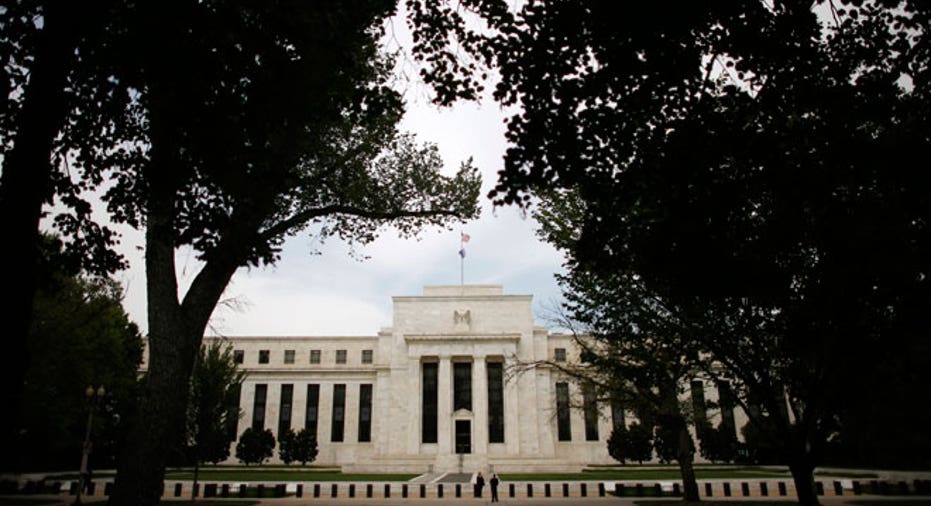Fed Shocks the Street: Insiders React to No Taper

In a move that surprised Wall Street, the Federal Reserve announced on Wednesday it will not yet begin paring back its asset-buying program known as QE3. The announcement sent shockwaves through the markets as traders cheered the continuation of the Fed’s easy-money polices. Wall Street’s knee-jerk reaction to the news was intense: The S&P 500 immediately shot to a new record high, gold surged $30, while oil shot up $2. The 10-year U.S. Treasury yield plunged to 2.73%, while the VIX tumbled some 6%. The Dow Jones Industrial Average, minutes later, followed the S&P’s lead and hit a new record high as well.
That was all within the first five minutes. Ahead of the announcement, market participants and analysts on Wall Street expected the central bank to announce a taper of roughly $10 billion to $15 billion dollars, bringing the full size of the program to $85 billion per month. But IHS Global Insights, in a note to clients following the announcement, said the decision makes sense thanks to slumping payroll numbers since June, when taper talk began. “We suspect that the bias on the committee remains against a long-lasting QE program. Barring a really bad outcome from the upcoming battles over fiscal policy in the fall and winter, we expect the Fed to taper at the December meeting,” IHS wrote in its note. Dan Greenhouse, chief global strategist at BTIG, warns, though, the Fed could be backing itself into a corner when it comes to timelines and strategy – saying it could eventually find itself “trapped” in a negative cycle. “If the tightening of financial conditions, which was partially a result of the Fed’s decision to discuss slowing asset purchases, is enough to forestall an actual reduction, then in theory the Fed can never cease purchasing assets unless there is no adverse reaction in asset markets,” Greenhaus wrote. Indeed, Todd Schoenberger, managing partner at LandColt Capital, believes at this point QE is here to stay. In a tweet, he said it looks as though there’s no exit strategy for the Fed. He estimates by the end of 2014 – when Fed Chairman Ben Bernanke said the central bank could conceivably end completely its asset buying – the Fed will have spent more than $4 trillion across all of the easing programs. “Ben needs some chutzpah. Just say it: Congress, like the economy, is a joke. After $3.6 trillion, we still can't get it (the economy) going,” Schoenberger tweeted.
Deutsche Bank noted the doves clearly prevailed at the FOMC’s two-day meeting, and says it now expects a taper start date to begin sometimes around the end of 2013. “Given that the financial markets had priced in the beginning of a QE taper today, policymakers had a free option to proceed without a major shock to the markets. Given that they did not take this option, the likelihood of an October taper is reduced—and so at this juncture, the first move now appears to be in December, which is when we will get another round of updated forecasts and another press conference," the bank said in a note to clients.
Adding to that, Peter Boockvar, managing director and chief market analyst at The Lindsey Group, said there will never be a good time to being easing Wall Street off the easy money – better to get it over with sooner rather than later. “Bottom line, while the economic data over the past few months did not call for a taper according to the Fed’s econometric models, I believe they are making a massive mistake as this QE policy does nothing but manipulate and distort asset prices with no lasting positive impact on the economy. Rip this band aid off already I say,” Boockvar said in a note to clients. In a sign of merriment on the Street following the announcement, Schoenberger shared with his followers the sentiment from a Duane Reade cashier.